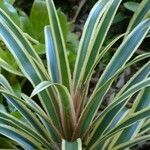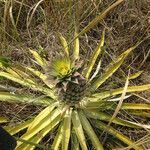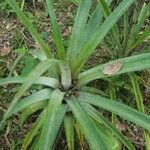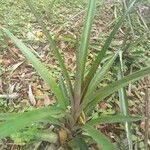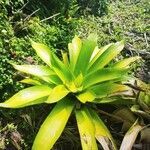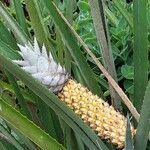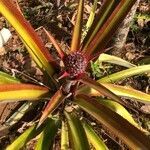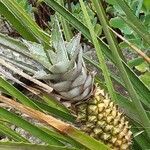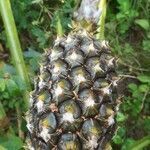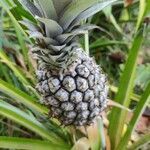| Therapeutic use
|
Anthelmintics (flower), Eczema (flower), Skin care (flower), Abortifacient agents (fruit), Amenorrhea (fruit), Anorexia (fruit), Anthelmintics (fruit), Antipruritics (fruit), Antipyretics (fruit), Appetite stimulants (fruit), Cardiotonic agents (fruit), Cathartics (fruit), Colic (fruit), Contraceptive agents (fruit), Diarrhea (fruit), Diuretics (fruit), Dysmenorrhea (fruit), Dyspepsia (fruit), Emollients (fruit), Expectorants (fruit), Fever (fruit), Flatulence (fruit), Gastrointestinal diseases (fruit), Heart diseases (fruit), Helminthiasis (fruit), Hematemesis (fruit), Hematologic diseases (fruit), Hemoptysis (fruit), Hemostatics (fruit), Hypohidrosis (fruit), Jaundice (fruit), Laxatives (fruit), Menstruation-inducing agents (fruit), Postnatal care (fruit), Scabies (fruit), Scurvy (fruit), Sexually transmitted diseases (fruit), Urinary bladder calculi (fruit), Diaphoretic (fruit), Abortifacient agents (leaf), Amenorrhea (leaf), Anthelmintics (leaf), Cathartics (leaf), Contraceptive agents (leaf), Dysmenorrhea (leaf), Elephantiasis (leaf), Fatigue (leaf), Helminthiasis (leaf), Insecticides (leaf), Intestinal diseases, parasitic (leaf), Jaundice (leaf), Laxatives (leaf), Leprosy (leaf), Menstruation-inducing agents (leaf), Sexually transmitted diseases (leaf), Skin diseases (leaf), Whooping cough (leaf), Contraceptive agents (rhizome), Abortifacient agents (root), Anticoagulants (stem), Anti-inflammatory agents (stem), Antineoplastic agents (stem), Burns (stem), Cellulitis (stem), Diabetic foot (stem), Edema (stem), Hematoma (stem), Proctitis (stem), Sinusitis (stem), Stomatitis (stem), Wounds and injuries (stem), Rheumatoid arthritis (stem), Abortifacient (unspecified), Antidote (unspecified), Bladder (unspecified), Cholagogue (unspecified), Corn (unspecified), Depurative (unspecified), Digestive (unspecified), Diphtheria (unspecified), Discutient (unspecified), Diuretic (unspecified), Ecbolic (unspecified), Emmenagogue (unspecified), Estrogenic (unspecified), Gonorrhea (unspecified), Hydragogue (unspecified), Hypochondria (unspecified), Intoxicant (unspecified), Laxative (unspecified), Purgative (unspecified), Refrigerant (unspecified), Respiratory (unspecified), Scurvy (unspecified), Sore (unspecified), Sprain (unspecified), Styptic (unspecified), Vermifuge (unspecified), Diaphoretic (unspecified), Parasiticide (unspecified), Anthelmintics (unspecified), Anti-inflammatory agents (unspecified), Antinematodal agents (unspecified), Digestive system diseases (unspecified), Diuretics (unspecified), Elephantiasis (unspecified), Frustration (unspecified), Gastrointestinal tract (unspecified), Jaundice (unspecified), Laxatives (unspecified), Leprosy (unspecified), Skin diseases (unspecified), Spasm (unspecified), Cooling effect on body (unspecified)
|
